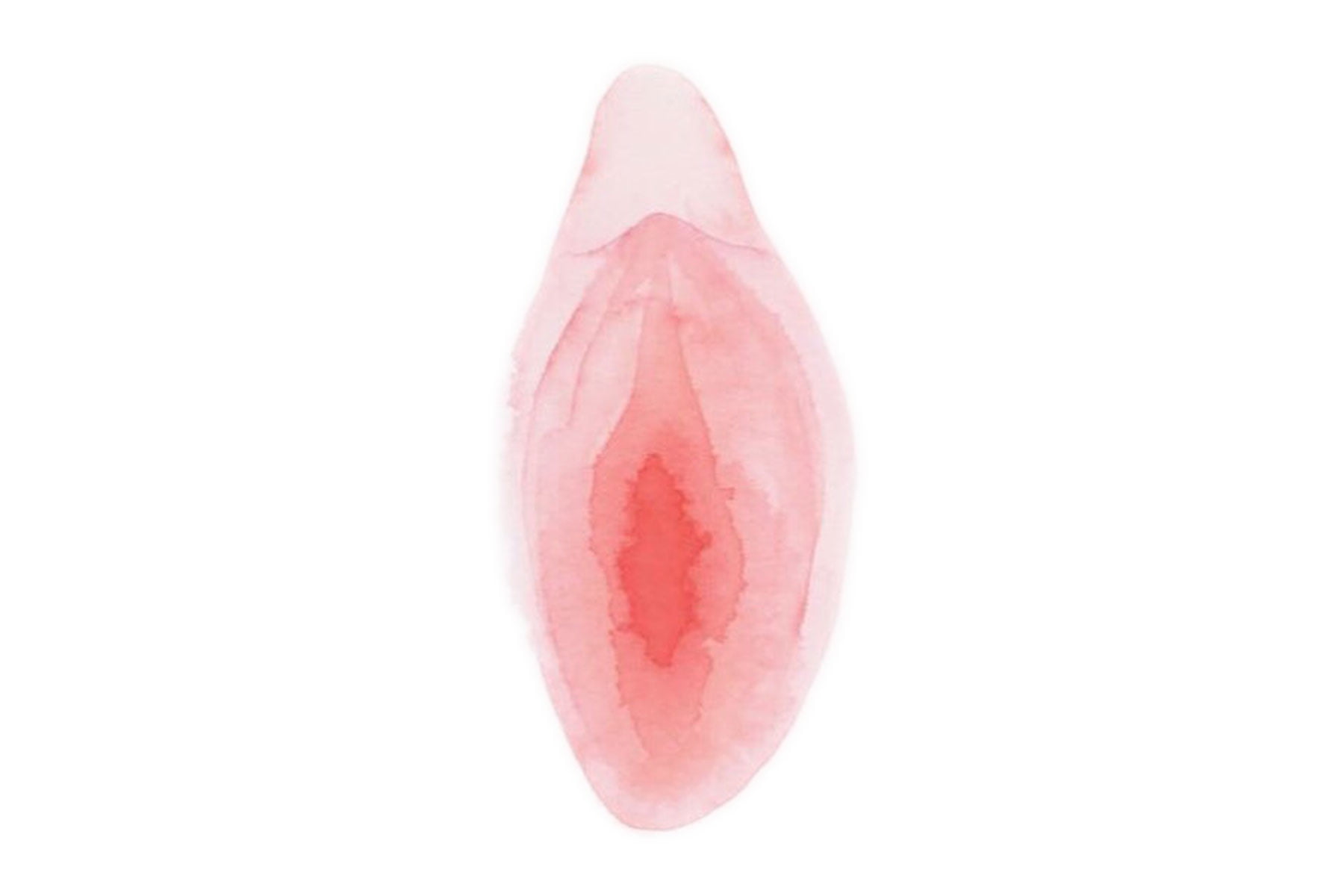Pelvic pain? Painful sex? Urinary incontinence? Women face these issues every day, and kegels typically are touted as the all-purpose cure.
Kegels. We all know the word. But do we really know what it actually, truly MEANS to do a kegel, and why do we even care? I will tell you. And believe me; I have a love/hate relationship with the kegel, which I will explain.
We have Dr. Arnold Kegel to thank, back in 1948 for coming up with the famous “Kegel” exercise. He was a gynecologist looking for a non-surgical way for women to help “tone” their pelvic floor muscles to help with urinary leaking after they had a baby.
See Also

It’s hard not to appreciate his viewpoint. As a physical therapist treating urinary incontinence, I strive to find the conservative, non-surgical approach and this often starts with exercise. So, I have to give some kudos to Dr. Kegel.
The kegel provided a new option for women struggling to stay dry after childbirth, which was a huge step forward in the ever-challenging path of providing comprehensive post-partum care. Frankly, this crucial type of care leaves something to be desired in this country, to say the least, but that’s a topic for another blog post.
While the Kegel was helpful for many women encountering post-partum urinary incontinence and leaking, the kegel has became the blanket approach for EVERYONE who reported any sort of bladder or bowel or pelvic dysfunction, such as:
- Pain with sex? Kegel.
- Leaking urine? Kegel.
- Having increased urge and going to the bathroom all the time? Kegel.
- Back pain? Kegel.
- Pregnant? Kegel FOR SURE.
- Want a tight vagina (I’m cringing as I’m typing this)? Kegel.
- And the list goes on….
However, I am here to tell you that kegels are not the answer to everything, and although they are appropriate for some people, they are not suitable for every situation, and should not be thought of as such. Mind blown? I know. Stay with me.
A kegel is a concentric or shortening action, of the pelvic floor muscles, which sit at the bottom of your pelvis. They lie like a basket, or a hammock, and attach front to back (pubic bone to tailbone) and side to side (sit bone to sit bone).
Within these muscles, we find openings. In females, we have the rectum, the vagina and the urethra. In men, we have the rectum and the urethra follows the length of the penis and is past the pelvic floor, where it ends at the tip of the penis.
The pelvic floor has 3 main functions:
- Support (holds us and our organs up against gravity)
- Sexual (aids in orgasm and allowing vaginal penetration for women)
- Continence (keeps us dry)
In a perfect world, as the bladder and rectum are filling with urine and stool, the pelvic floor muscles “turn on” to close the sphincters that hold in said urine and stool. We get the signal either to head to the loo to pee or grab our phones for some reading material if we are going in for a longer stretch.
The pelvic floor muscles then lengthen, or relax, and the bladder muscle (the detrusor) pushes urine out through an open urethra, all thanks to a relaxed and lengthened pelvic floor.
Now, if the muscles have lost a bit strength, maybe say . . . I don’t know, going out on a limb here . . . from holding a baby, plus weight, the placenta, organs, gravity, increased fluids, etc., FOR 9 MONTHS in addition to the force of actually pushing a baby out, AND the need to lengthen and stretch to get out of the way to make way for the baby….we may see a bit of an issue with holding in urine or stool.
Also, lest we should forget, if there was any perineal or pelvic floor muscle trauma or prolapse sustained during delivery (again . . . more on that in another post), then it’s little wonder than many women face urinary incontinence and other related pelvic floor issues.
In these cases, related to maternity and post-partum care, it is a good idea, probably, to strengthen your pelvic floor by way of the kegel.
HOWEVER, in some cases, these muscles can be too short, or too contracted, and adding more contractions on top of an already contracted, or too short muscle, isn’t always the best idea. Think about trying to do a bicep curl when you’re already curled….the elbow isn’t going anywhere, and all of that extra curling will probably make your bicep hurt!
Here’s another issue I have with blindly prescribing kegels . . . and we’ve all heard this:
“Just do 200 kegels a day” or “Just do your kegels while sitting at a stop light.”
This implies that everyone’s baseline level of strength and function is the same. Also, we don’t go to the gym and do 200 bicep curls every day, or walk around carrying a 35lb pound weight with our bicep all day every day . . . (well . . . I mean, unless you’re a mom . . .)
We shouldn’t be prescribing set parameters without assessing. Because some people may not need to do kegels, in fact they may need to work on lengthening or volitionally dropping their pelvic floors. These muscles can be too short or tight, and often Kegels will, and can, make some symptoms and dysfunction worse.
There have been studies published that looked at women who were instructed to perform kegels and about 30% of women don’t contract their pelvic floor at their first consult.
The bottom line is this – If you’re not sure, ask for help. Find a pelvic floor physical therapist (yours truly) to assess and get you on the right track.
Performing a kegel correctly is really hard, actually. The PFM (our lingo for pelvic floor muscle) has to work in concert with a host of other muscles AND your breath AND be “on” all the time to keep us supported and continent.
It’s not easy to get this contraction going correctly, and I’ve had high-level athletes who have crazy body awareness that have been training their bodies for years, and are no stranger to working with rehab professionals, have a really hard time getting a correct kegel.
So there you go. Kegels are important, for sure, but in the right context, with the right person and situation. Find a pelvic floor PT to help you get that pelvic floor muscle working the way it should; either kegel’ing or lengthening.
If you are dealing with pelvic floor issues, such as urinary incontinence, give us a call or schedule an appointment. We can help with any pelvic floor issue you may be having. You also can follow me on Instagram @thedowntheredoc to learn more than you want to know about vaginas and pelvic floors, and to find links to podcasts, new blog posts and other publications and events related to pelvic floor health.










